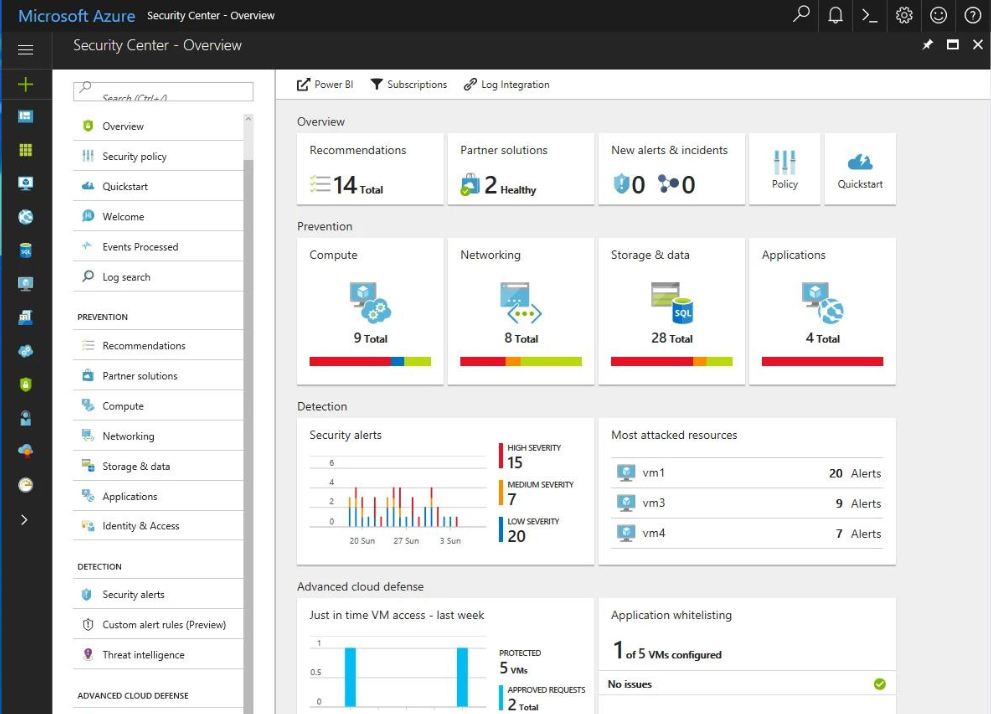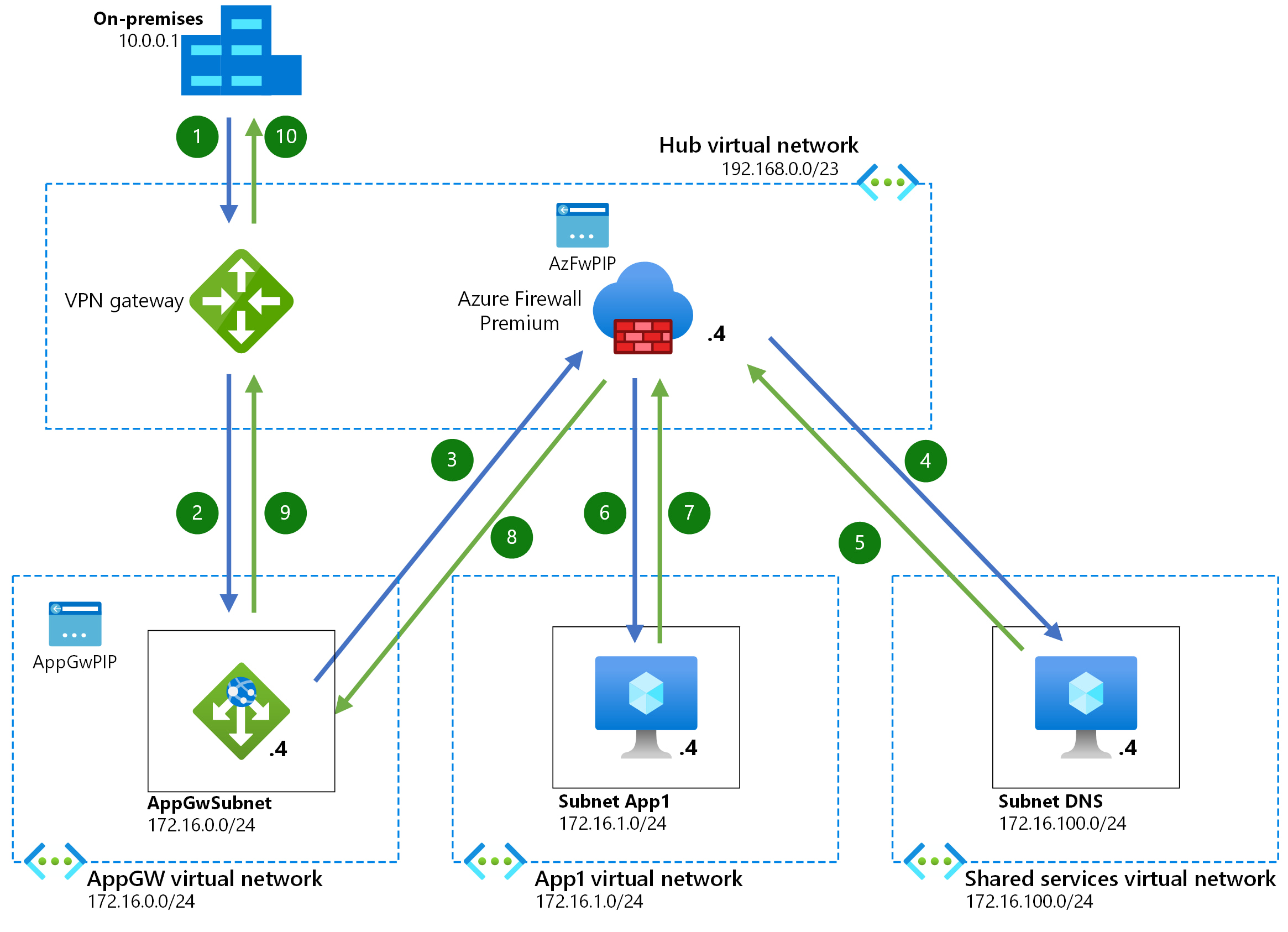The financial sector has become a prime target for cyber-attacks due to the large amount of personal and financial data it handles, as well as the increasing digitization of its services. Cybersecurity in this area is essential to ensure the protection of information, the confidentiality of transactions and customer confidence. In this article, we will examine the most common types of attacks and dangers in this sector and the crucial role of a good SOC (Security Operations Center) service in addressing these challenges.
Banks, investment firms, insurance companies and real estate firms face unique issues such as heavy reliance on legacy systems, cyber and technology risks, information security compliance issues and increased competition. By modernizing financial systems to move to cloud platforms, these institutions can mitigate these issues and deliver more value to their customers.
Main attacks and dangers in the financial sector
1. Phishing: This is a deception method based on identity theft, in which cybercriminals send fraudulent emails that look legitimate and come from well-known companies. These emails often contain links to fake websites or malicious attachments, and aim to trick users into providing sensitive personal and financial information, such as passwords, bank account numbers or credit card details. Once this information is obtained, criminals can perform unauthorized transactions, steal funds or commit other types of fraud.
2. Malware: This malicious software can steal information, damage devices, manipulate financial transactions or control operations without users being aware of it. Malware can spread through seemingly harmless downloads, links in emails, compromised websites or infected devices.
3. Identity theft: It occurs when cybercriminals obtain and use users' personal information, such as names, addresses or banking information, to commit fraud in their name. This can include opening bank or credit accounts, applying for loans or conducting unauthorized transactions.
4. Lack of security updates: Updates typically include patches to fix newly discovered bugs and security holes, as well as improvements in protection against malware and cyber attacks. Lack of security updates exposes financial institutions to attacks that could have been prevented with proper and timely maintenance.

5. Data leaks: They occur when sensitive information, such as customer data or financial information, is inadvertently exposed, either through human error, security system failures or cyber attacks. . Data leaks can have devastating consequences, such as loss of customer confidence, exposure to fraud and theft, and regulatory and legal sanctions.
6. Code injection: This is a type of attack in which cybercriminals insert malicious code into financial systems through vulnerabilities in web applications or databases. This code can be used to extract sensitive data, alter financial transactions, control entire systems or spread malware. Common code injection techniques include SQL injection and script injection into websites.
7. Zero-Day Attacks: These attacks are those that exploit unknown or newly discovered vulnerabilities in software before developers can release patches or security updates to fix them. These attacks are particularly dangerous because they occur without warning and can be exploited to compromise financial systems, steal data or cause service disruptions.
8. Ransomware: This is a type of malware that encrypts files and data on infected systems, blocking access to them until a ransom is paid, usually in cryptocurrencies. Cybercriminals can use ransomware to attack financial institutions and demand large sums of money in exchange for the decryption key. If the ransom is not paid, files and data may become permanently inaccessible, which can cause significant losses and disruption of operations.
9. Denial of Service (DDoS) attacks: DDoS attacks involve sending a large amount of traffic or requests to the systems, overloading them until they crash or become inaccessible. These attacks can disrupt financial operations, affect the availability of online services and damage customer confidence. Criminals can use DDoS attacks as a diversionary tactic to hide other malicious activities or as an extortion tool to demand payments in exchange for stopping the attack.
10. Brute-force attacks: In brute-force attacks, cybercriminals attempt to gain access to accounts or password-protected systems by repeatedly trying different password combinations until they find the right one. These attacks can be automated, taking advantage of weak or predictable passwords to gain unauthorized access to sensitive information, conduct fraudulent transactions or compromise the security of financial institutions.
The role of a good SOC service in the financial sector
An efficient SOC service is critical to address cybersecurity challenges in the financial sector. These security operations centers provide real-time monitoring, detection and response to security incidents, enabling entities to protect their systems and data proactively and quickly. To do so, it must have highly trained personnel, state-of-the-art technology and efficient processes to quickly identify and respond to threats. In addition, it must be able to adapt to changes in the cybersecurity scenario and always be up to date on the latest vulnerabilities and attack techniques. In addition, these professionals can also provide advice and training to financial institutions to improve their security policies and practices, as well as increase employee awareness of risks and how to prevent them.
Which solutions can address these challenges?
Azure services offer a wide range of security solutions and tools that can significantly contribute to the optimal protection and security of the financial sector. Here are some ways Azure services can improve cybersecurity in this area:
1. Secure infrastructure: Azure provides a secure and scalable cloud infrastructure that complies with numerous security standards and regulations worldwide, such as GDPR, HIPAA, and PCI DSS. This ensures that financial data and applications are protected and compliant with regulatory requirements.
2. Threat Prevention: Azure Security Center provides a unified security solution that enables financial institutions to identify and protect against threats and vulnerabilities in real time. With advanced security analytics capabilities and artificial intelligence-based threat detection, Security Center helps to proactively prevent, detect and respond to security incidents.

Microsoft Azure Security Center
3. Identity and Access Management: Microsoft Entra ID is an identity and access management service that enables financial institutions to control and monitor access to applications and data in the cloud. With Entra ID, institutions can implement strong security policies, such as multifactor authentication, single sign-on and role-based access control, to ensure that only authorized users have access to sensitive information.
4. Data Protection: Azure offers multiple solutions to protect the confidentiality and integrity of financial data, such as Azure Information Protection and Azure Disk Encryption. These solutions enable financial institutions to encrypt data at rest and in transit, control access to information and ensure the protection of sensitive data.
5. Application Security: Azure services, such as Azure DevOps and Azure Application Gateway, help financial institutions develop, deploy and maintain secure applications in the cloud. These solutions facilitate the integration of security practices throughout the software development lifecycle and provide additional protection against common attacks, such as code injection and DDoS attacks.
6. Secure networks: Azure offers a variety of network services, such as Azure Virtual Network and Azure Firewall, that enable financial institutions to create secure, isolated networks in the cloud. These services provide granular control over network traffic and offer protection against threats and attacks on network infrastructure.

Zero Trust Network for Web Applications with Azure Firewall and Application Gateway
7. Compliance and audit: Azure provides tools and resources to help financial institutions maintain and demonstrate compliance with applicable regulations and security standards. Azure services, such as Azure Policy and Azure Monitor, enable organizations to define security policies, audit compliance status and track changes in real time.
8. Disaster Recovery and Backup: Azure services, such as Azure Site Recovery and Azure Backup, help financial institutions protect their critical applications and data in the event of disasters or outages. These solutions enable organizations to implement disaster recovery strategies and perform automatic, encrypted backups of their data to ensure business continuity and resiliency in the event of a security incident.
Azure services offer a wide range of security and compliance solutions that can help these organizations protect their data, applications and cloud infrastructure efficiently and effectively. By adopting these solutions and following cloud security best practices, institutions can significantly improve their security posture, reduce the risks associated with cyberattacks and data breaches, and comply with current security regulations. For more information about the SOC service, please contact us.